Does 304 stainless steel rust?
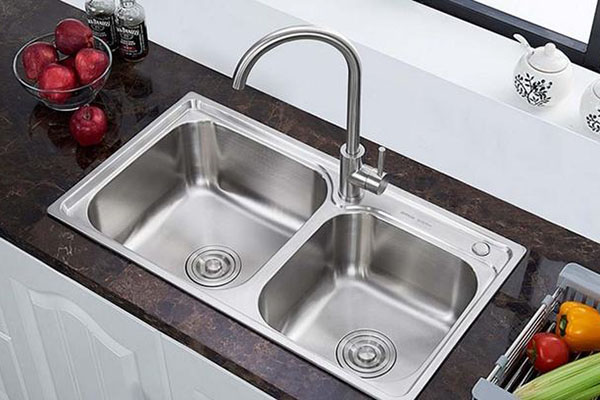
As the sun began to rise over the city, Mary stepped onto her balcony to enjoy the early morning breeze. Her eyes wandered over the magnificent skyline and stopped at the railing of her balcony. To her dismay, she noticed rust stains on the stainless steel railing. Mary had always believed that stainless steel was rust-resistant, but now she was proven wrong. This led her to wonder, does 304 stainless steel rust? And so, began her journey to uncover the truth behind this common misconception.
304 stainless steel has a high resistance to rust and corrosion. However, it is not completely immune to rust and can corrode under certain conditions, such as exposure to high concentrations of salt or prolonged exposure to acidic environments.
This article will continue to discuss this question from the following aspects:
Table of Contents
What are the factors that can cause 304 stainless steel to rust?
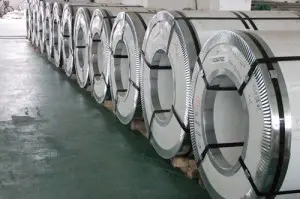
304 stainless steel is known for its excellent corrosion resistance, but under certain circumstances, it can still rust.
One of the main factors that can cause rusting is exposure to harsh environments, such as high humidity, saltwater, or acidic solutions.
Another factor is surface contamination, such as exposure to iron or carbon steel, which can cause galvanic corrosion.
In addition, improper storage or handling can also lead to rusting, as scratches or dents on the surface can create areas for moisture and oxygen to penetrate. It’s essential to maintain and clean stainless steel regularly to prevent rusting.
Applying protective coatings, such as paint or electroplating, can also help to enhance its resistance to corrosion.
By understanding the factors that can cause rusting, we can take proactive steps to protect and extend the lifespan of 304 stainless steel in various applications.
304 stainless steel is a highly corrosion-resistant material, but it is not entirely immune to rusting. There are several methods to protect it from rusting, including:
Passive Protection: The most common method is passive protection, which involves creating a thin, invisible layer of chromium oxide on the surface of the steel. This layer protects the underlying metal from the environment and prevents rusting. This method is effective as long as the surface is not damaged or contaminated.
Coatings: Another way to protect 304 stainless steel is by applying a coating, such as paint or powder coating. These coatings act as a barrier between the steel and the environment, preventing moisture and oxygen from reaching the surface.
Cathodic Protection: This method involves connecting the steel to a more reactive metal, such as zinc or magnesium. These metals corrode more quickly than stainless steel, sacrificing themselves to protect the steel from rusting.
Proper Cleaning and Maintenance: Regular cleaning and maintenance can help prevent rusting by removing contaminants and keeping the surface dry.
By following these methods, it is possible to prevent rusting and prolong the lifespan of 304 stainless steel in various applications, including construction, food processing, and medical equipment.
How can 304 stainless steel be protected from rusting?
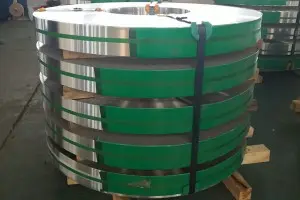
Is 304 stainless steel more or less prone to rusting compared to other types of stainless steel?
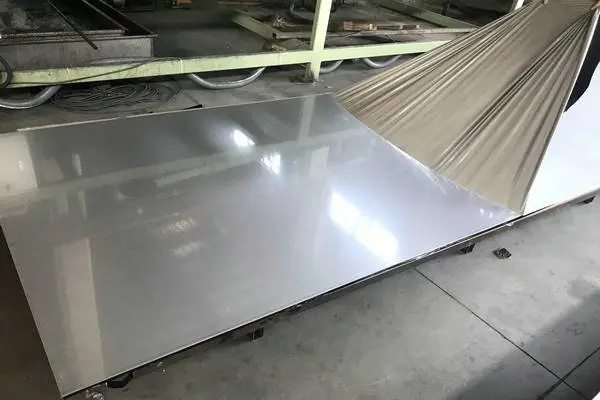
When it comes to stainless steel, the name alone can be deceiving. Not all stainless steels are created equal, and each has its own unique properties that affect its resistance to rust. While 304 stainless steel is known for its excellent corrosion resistance, it is not immune to rusting. In fact, depending on the specific environment, it may be more or less prone to rusting compared to other types of stainless steel.
For example, 316 stainless steel contains molybdenum, which enhances its corrosion resistance in more aggressive environments such as marine environments. On the other hand, 430 stainless steel has a higher amount of chromium but no nickel, making it more affordable but also less resistant to corrosion than 304 stainless steel.
In short, the rusting susceptibility of stainless steel depends on its chemical composition and the environment in which it is used. While 304 stainless steel is a popular choice for its overall corrosion resistance, it may not always be the best option for every application.
When it comes to rusting, 304 stainless steel can be a bit finicky.
In particular, the presence of chemicals or saltwater can greatly impact its ability to resist rust. When exposed to harsh chemicals or saltwater, 304 stainless steel can become more vulnerable to corrosion and rust.
This is because these substances can break down the passive layer of chromium oxide that protects the steel from rust. If the passive layer is compromised, the steel is exposed to oxygen and moisture, which can lead to rust formation.
To combat this, it’s important to use the appropriate grade of stainless steel and ensure that it is properly cleaned and maintained to protect it from harsh chemicals and saltwater exposure.
How does the presence of chemicals or saltwater impact the rusting of 304 stainless steel?
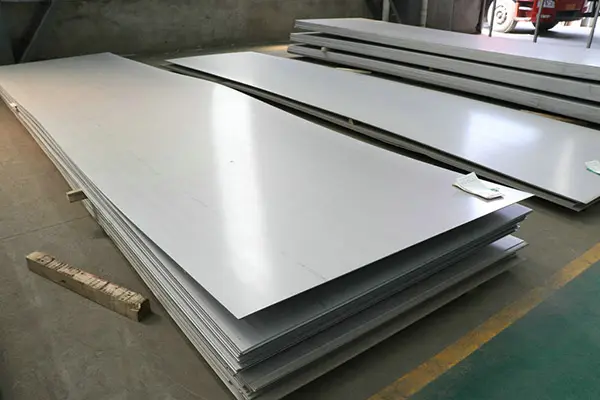
Can rusted 304 stainless steel still be used in various applications?

When it comes to rusted 304 stainless steel, the answer is not always straightforward. It depends on the severity of the rust and the specific application of the material.
In general, minor rust may not significantly impact the performance of the stainless steel, especially if it is in a non-corrosive environment.
However, in more critical applications, such as those involving contact with food or chemicals, even minor rust could render the material unusable.
In these cases, it is important to thoroughly clean and repair any rusted areas, or replace the material altogether to ensure optimal performance and safety.
As always, prevention is the best course of action, so regular maintenance and proper storage can help prevent rusting and extend the lifespan of 304 stainless steel in various applications.
Conclusion
The question of whether 304 stainless steel rusts is a common one, and the answer is that it can under certain conditions. Factors that can cause rusting include exposure to corrosive substances, high temperatures, and mechanical damage.
To prevent rusting, it is important to use appropriate cleaning methods, avoid exposure to harsh environments, and apply protective coatings. 304 stainless steel is generally less prone to rusting compared to other types of stainless steel, but exposure to saltwater or chemicals can accelerate the process. Rusted 304 stainless steel can still be used in certain applications, but it is important to assess its structural integrity and take appropriate measures to prevent further corrosion.
Overall, proper maintenance and protection can ensure the longevity and performance of 304 stainless steel in a variety of applications.
Contact Us
Recent Blogs
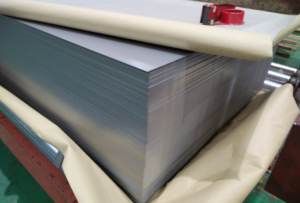
Protective Measures for Stainless Steel in Water Environments
Stainless steel, as an extensively utilized alloy material, finds applications across numerous working scenarios. However, it is crucial to emphasize that when stainless steel is
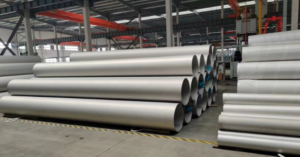
Performance Characteristics and Applications of 303 Stainless Steel
303 stainless steel, as a type of stainless steel containing sulfur and selenium, not only exhibits high machinability and resistance to high-temperature sticking but also
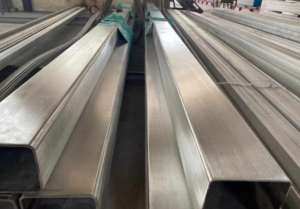
Properties, Characteristics and Applications of 416 Stainless Steel
As an outstanding martensitic stainless steel, 416 stainless steel boasts a unique chemical composition that endows it with superior magnetic properties, good corrosion resistance, ease
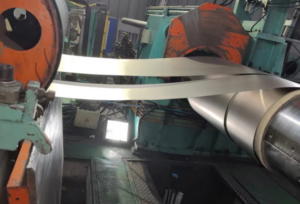
Advantages of Hot Rolling Process in Stainless Steel Manufacturing
Stainless steel, a ubiquitous metallic material, finds extensive applications across various sectors such as construction, food processing, and healthcare. Enhancing the reliability and durability of
 :+86-13012867759
:+86-13012867759  :export86@sino-stainless-steel.com
:export86@sino-stainless-steel.com